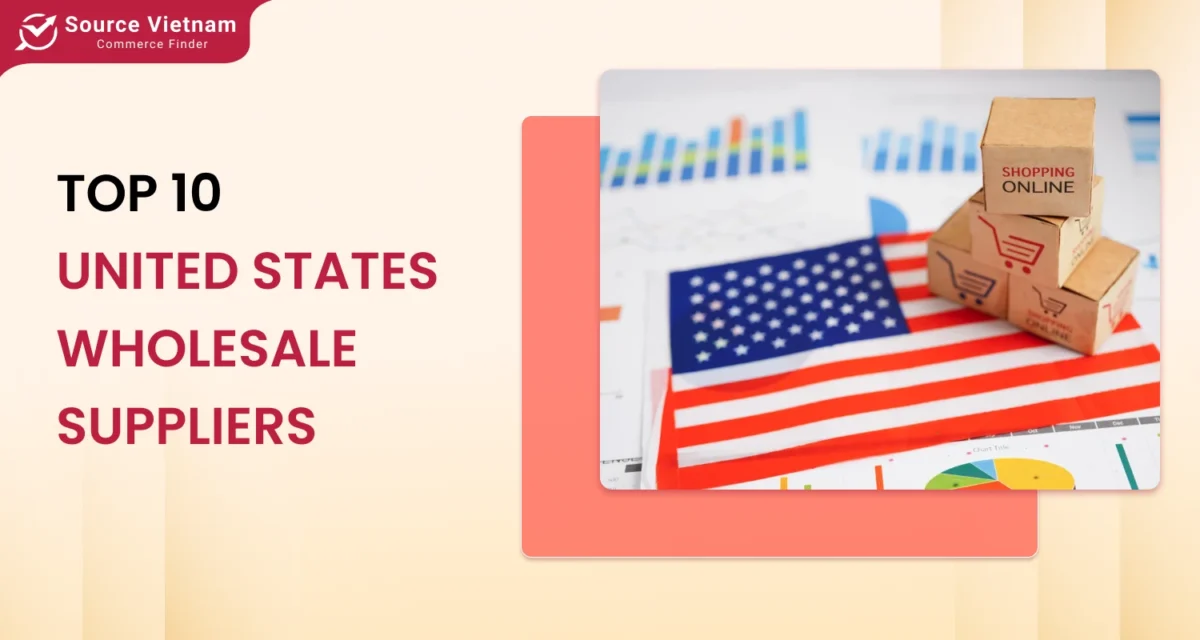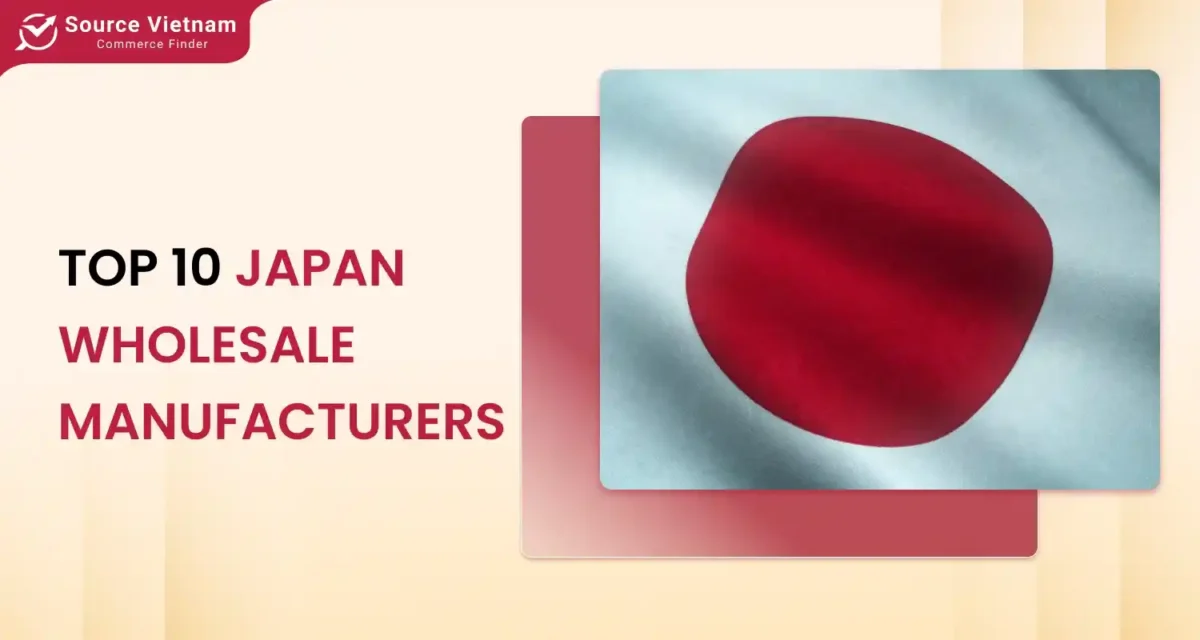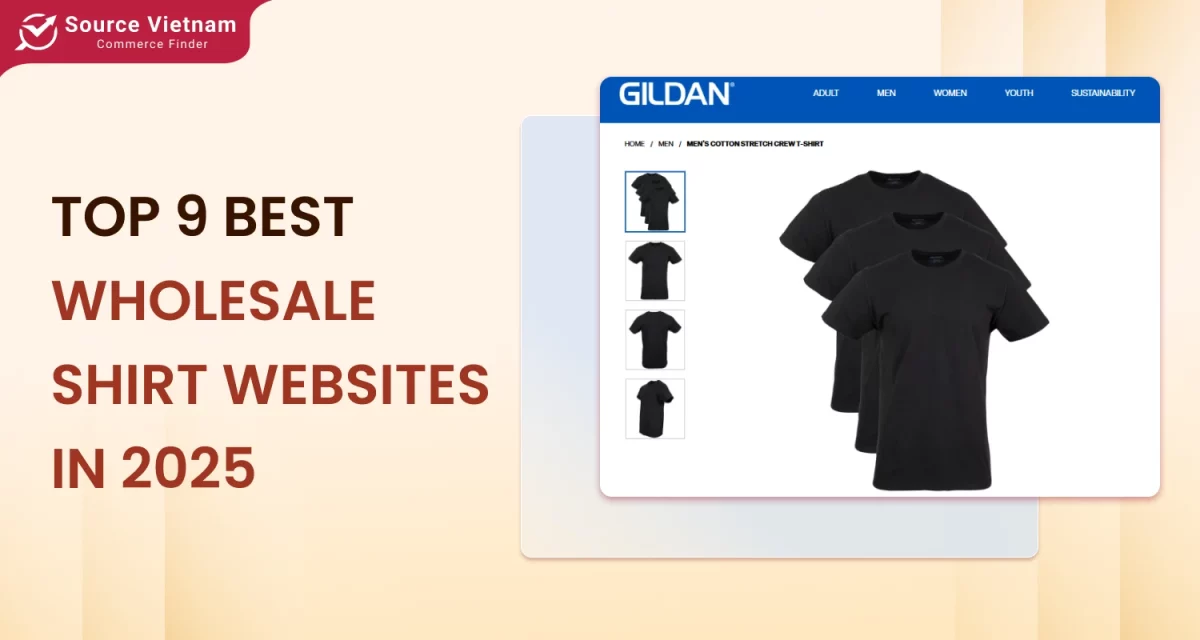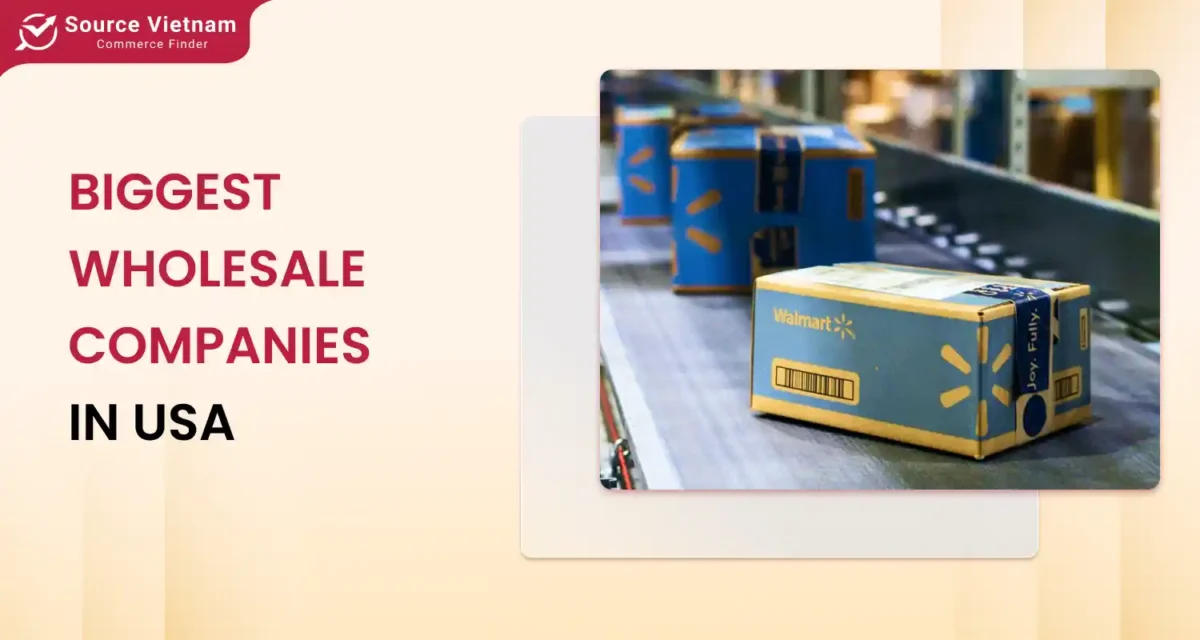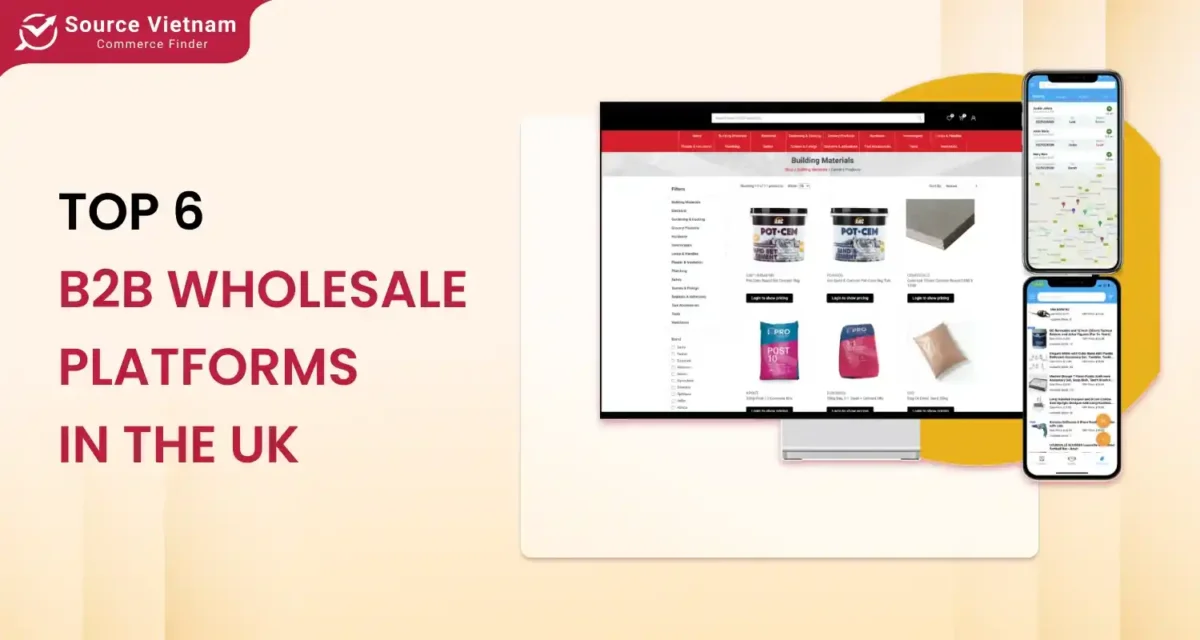Understanding wholesale pricing is essential for maintaining profitability and competitiveness in business. By setting the right wholesale price, businesses can balance retailer satisfaction, cover costs, and ensure sustainable growth through strategic pricing approaches like bulk discounts and competitive market positioning.

For obvious reasons, understanding how to calculate wholesale prices from retail prices is key, especially for business owners in the retail and eCommerce sectors. Finding that sweet spot is crucial, it keeps the profit margins intact while ensuring the brand remains competitive.
In this guide, we detail all the essential steps for calculating wholesale prices, what to look out for when considering wholesale pricing strategy, and why the right approach could make or break the success of your overall business.
What is wholesale price?
The wholesale price is the price at which goods are sold to retailers or distributors, who resell them to end users. This is generally a discount that allows retailers (or distributors) to make a profit when retailing at the retail price. The correct wholesale price is one of the fundamental aspects of any product business, both influencing profit margins, competitive positioning and relationships with retailers.
Difference between wholesale and retail prices
Wholesale prices are for people buying in bulk, such as retailers or distributors who are selling to end customers. Normally there is substantial discount off retail pricing on wholesale prices for products purchased in quantity due to volume of purchase and removal of direct customer acquisition costs.
Retail pricing is higher, aiming these last total expenditures back at the customer, and they have to cover extra costs like marketing, distribution, and customer support.
Importance of setting the right wholesale price
Getting the right wholesale price is crucially important to either side. For one thing, if the wholesale price is too high, retailers might get into trouble selling their product at a reasonable price, or it might not make them enough profit. On the other hand, when the wholesale price is too low, some of the suppliers ‘costs may not be covered, and they will lose money.

If suppliers think about setting a reasonable wholesale price, they will earn their money and retailers too can sell at prices within reach of the public. This balance helps both parties stay profitable and competitive.
How to calculate wholesale prices from retail prices
We have a formula for calculating the proper wholesale price amount. The method of Cost-Plus Pricing is a commonly used way for both suppliers and retailers to gain profits.
Wholesale price calculation formula: cost-plus pricing method
The basic formula to find the wholesale price is:
Wholesale Price = Retail Price / (1 + Markup Percentage)
This formula allows you to work backward from the retail price to find a fair and profitable wholesale price.
Example:
Let’s say a product has a retail price of $100, and the markup percentage is 50%.
Wholesale Price = 100 / (1+0.5) = 100 / 1.5 = 66.67
With a 50% markup, the wholesale price would be $66.67.
Determining markup percentages
The Markup Percent is the amount added to the wholesale price to arrive at a retail one. It includes stuff such as marketing, packaging, and profit. The correct Markup Percentage must be selected to achieve competitiveness and profitability. If the markup is too high, the customer may consider the product too expensive; if too low, there will be not enough profit.
Consider the following simple table, showing the effect of different markup percentages on $100 retail goods:
| Markup Percentage | Formula (Retail / (1 + Markup %)) | Wholesale Price |
| 25% | $100 / 1.25 | $80.00 |
| 50% | $100 / 1.5 | $66.67 |
| 75% | $100 / 1.75 | $57.14 |
| 100% | $100 / 2.0 | $50.00 |
In this table, and at higher markup percentages, wholesale prices move lower. For instance, at a 25% markup, the wholesale price is $80; at a 100% markup a mere $50. The table enables us to see how changes in markup have an effect on price equilibrium between wholesalers and retailers.
Examples of how to calculate wholesale prices from the retail prices
In this section, we shall consider a few practical instances to better understand the aspects of wholesale pricing in practice. These cases will include a comprehensive overview of how the formula for wholesale prices is used, as well as factors like the use of bulk discounts and their effect on the policies overall.
Case study 1: Finding the wholesale price based on the retail price
Let us assume that you are marketing a product that will run at a retail price of $120 with a 40% markup. This is how to come up with the correct pricing for the wholesaling of goods:
Wholesale price = Retail price / (1 + Markup Percentage)
- Retail price=$120
- Markup percentage=40%(or 0.4 in decimal)
Calculation:
Wholesale Price =120 / (1 + 0.4) = 120 / 1.4 = 85.71
Thus, when the retail price of the good is $120 and the markup is 40%, the gross price of the good for wholesale will be approximately $85.71.
Case study 2: Adjusting for bulk discounts
Let’s say you are trying to increase the number of sales of certain products and, as such, are offering a bulk purchasing incentive on large orders. For example, for any order of up to 100 pieces, we gets a 10% discount from the wholesale price.
- Initial wholesale price: $85.71 (as worked out above)
- Bulk discount: 10%
Calculation:
Discounted wholesale price=85.71 × (1 − 0.1) = 85.71 × 0.9 = 77.14
When a 10% discount is given, the full price of the product ordered in bulk comes to approximately $77.14 per unit.
Impact on profit margins
Bulk discounts are good because they could provide incentives to increase sales volume but lower profit per unit. Let’s see how this all plays out:
- Regular wholesale price: $85.71
- Bulk discount price: $77.14
By offering a bulk discount, you’re lowering the per-unit profit, but if the order quantity increases, your overall revenue can improve due to the higher volume. Balancing these factors helps create a profitable, attractive pricing strategy for regular and bulk purchases.

Factors to consider when setting wholesale prices
Setting a profitable wholesale price requires understanding several key factors that affect both the cost structure and the market. The main elements to consider when determining a wholesale price to support your business goals are as follows.
Profit margins
Profit margin refers to the percentage of revenue left after deducting costs. Profit margins are significant in wholesale pricing for small businesses since they directly impact your earnings. Increasing the profit margin results in more income per unit sold. However, overpricing might make retailers not buy from you. Try to strike a balance: ensure a set wholesale price covers costs and allows for a profit while remaining attractive to retailers.
To illustrate, let’s say you desire a 20% profit margin; in that case, you are expected to increase the wholesale price to a level that will fully cover the production costs and meet the desired objective. It is crucial to calculate the desired profit margin in advance since it helps in pricing strategies and achievement of financial targets.
Fixed and variable costs
There are two main types of cost: fixed and variable.
- Fixed costs
In business, fixed costs are expenses that do not vary with cash flow or operational activity level: these could be rent, salaries, and utility bills. Bearing in mind that these costs cannot be changed based on each sale, these costs must be allocated to all units to minimize their effect on your selling price.
- Variable costs
These costs vary with the production volume, such as materials, packaging, and shipping, and generally increase when more units are produced and sold. Ensuring the wholesale price covers fixed and variable costs is very instrumental in ensuring profitability.
In determining what the wholesale price should be, make sure to include such costs so that you do not charge less than the breakeven point where the revenue generated is equal to the total cost incurred.

Competitive pricing
Pricing the product in the wholesale market is not simply recovering costs incurred, it is also about market positioning. Here are a few reasons and tips on how to come up with a competitive wholesale price without carrying losses:
- Research market rates
Look at the wholesale prices of products similar to yours to ensure that you are in line with industry standards. This research will give you an idea of what retailers are willing to pay.
- Highlighting the unique value
If your product is of higher quality, made with sustainable materials, or even has a much stronger brand reputation, you might command a small premium wholesale price.
- Offer flexible prices
Consider providing discounts or tiered pricing for large orders. Bulk discounts can encourage bigger orders and, in doing so, offset slightly lower profits per unit by increasing the total revenue.
You have to balance competitiveness with profitability. By factoring in market standards and your unique value, you can set a price that not only covers your costs and delivers profit but also attracts retailers looking for good value.
Wholesale pricing strategies for success
Comprehending the supply chain cost
Supplies chain and logistics costs include shipping, storage, and customs fees, which add up and affect your final wholesale price. Every level of the supply chain has associated costs, which have to be accounted for; otherwise, underpricing could occur.
- Shipping costs
Shipping merchandise into the warehouses and onto retailers is very expensive, especially when the product’s weight or dimensions are high. This helps account for such costs while pricing to avoid unforeseen losses.
- Storage and handling
Factor into your wholesale price how much it costs to warehouse your products. This amount would include rent, utilities, and labor costs.
- Customs and import fees
If you are doing international shipping, the customs fees and taxes that will be applied can vary from country to country. These may be a high additional cost, so put this into the pricing when needed for the given market.
By getting these several costs of supply wrapped up in your wholesale price, you can help protect profit margins and ensure financial stability.
Bulk order discounts
- Tiered pricing
You can create different pricing levels based on the ordered quantity. A good example would be a 5% discount for orders over 100 units, with a 10% discount when orders cross the 500-unit threshold. This type of structure promotes larger and better orders.
- Volume-based discounts
Consider offering percentage discounts as the order volumes increase, with the per-unit price falling as more orders are placed. These discounts should be cut out intelligently, keeping in mind that you are meeting all your production and logistics costs.
- Seasonal or limited-time offer
Many companies offer bulk discounts at a specific time of the year to incentivize retailers to buy more at that time so that they can make more money during slow months.
This will encourage bulk purchases where overall revenue will increase even if the per-unit profit is smaller, thus contributing to more significant economies of scale and cost savings over time.
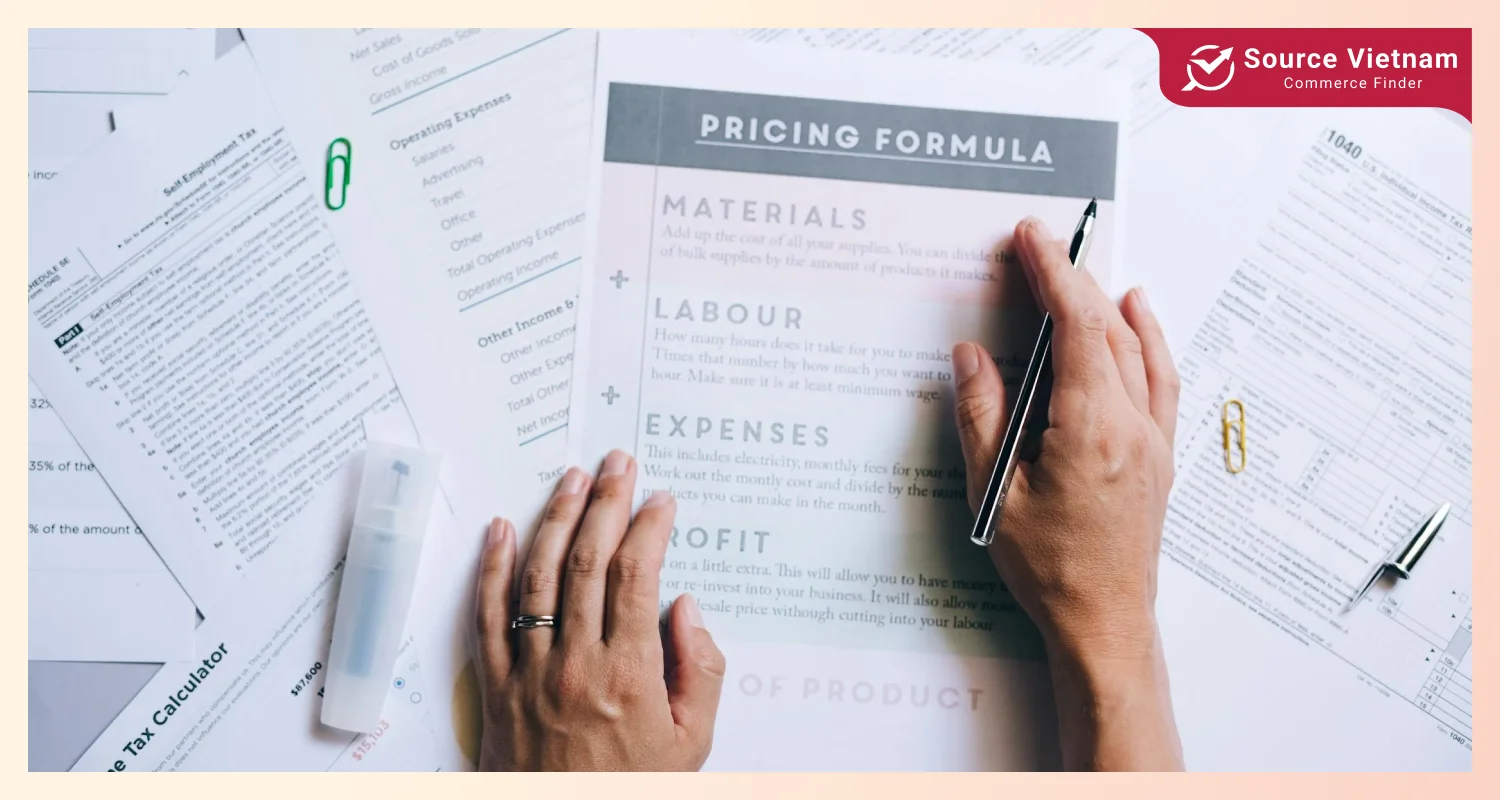
Private label or custom product pricing
When it comes to private labels or custom products, your pricing should be on par with the added value and effort. Here is how to price such specialty items:
- Factor in additional customization costs
Private label products normally need more work upon packaging, branding, and even modified formulas or designs. Make sure you factor all of these extra costs into the wholesale price to make sure it’s profitable.
- Consider exclusivity
Most retailers pay more to have private label items. With such products, exclusivity and other brand advantages can easily be guaranteed. This then means that prices of the private label product should be set higher to factor in this value.
- Minimum Order Quantity (MOQ)
Where there is customization, the cost of production increases. A minimum order quantity will help you compensate for the hike and also ensure a return on the added investment. Higher minimum order quantities ensure that you and the retailer benefit from private-label products.
Custom and private label products usually appeal to a niche market segment; hence, strategically quoting their prices attracts these class retailers in search of exclusivity while ensuring the coverage of all additional costs.
Conclusion
Determining how to calculate wholesale prices from retail prices is a key skill to ensure profitability and competitiveness in any business. Using the appropriate formulas and strategies, we can have pricing that covers costs and meets desired profit margins, yet is appealing to retailers. With the insights and tips shared herein, SourceVietnam.com encourages you to use these tools and strategies to construct a pricing structure that is sustainable yet profitable.
FAQs
How to find wholesale prices from the retail price
To calculate the wholesale price from a retail price, one would use the formula:
Wholesale Price = Retail Price / (1 + Markup Percentage)
This method backs up the retail price based on your markup desires, so costs and profit margins are met.
What is a standard wholesale discount percentage?
A standard wholesale discount percentage is the reduction applied to the retail price when selling goods in bulk to a retailer, helping them sell the products profitably. It typically varies from 30% off retail up to 50% off.
Does wholesale pricing sometimes depend on how much is ordered?
Yes, many businesses offer tiered pricing to incentivize bulk orders. Greater quantities could qualify for a discount encouraging the retailer to purchase more to meet the discounted total volume threshold.
How is the profit margin related to wholesale and retail pricing?
The profit margin means the percentage of gain on every sale. Obtaining the right profit margin for wholesale pricing for small businesses will keep costs covered and keep a product in a competitive and profitable position for wholesale and retail markets.


